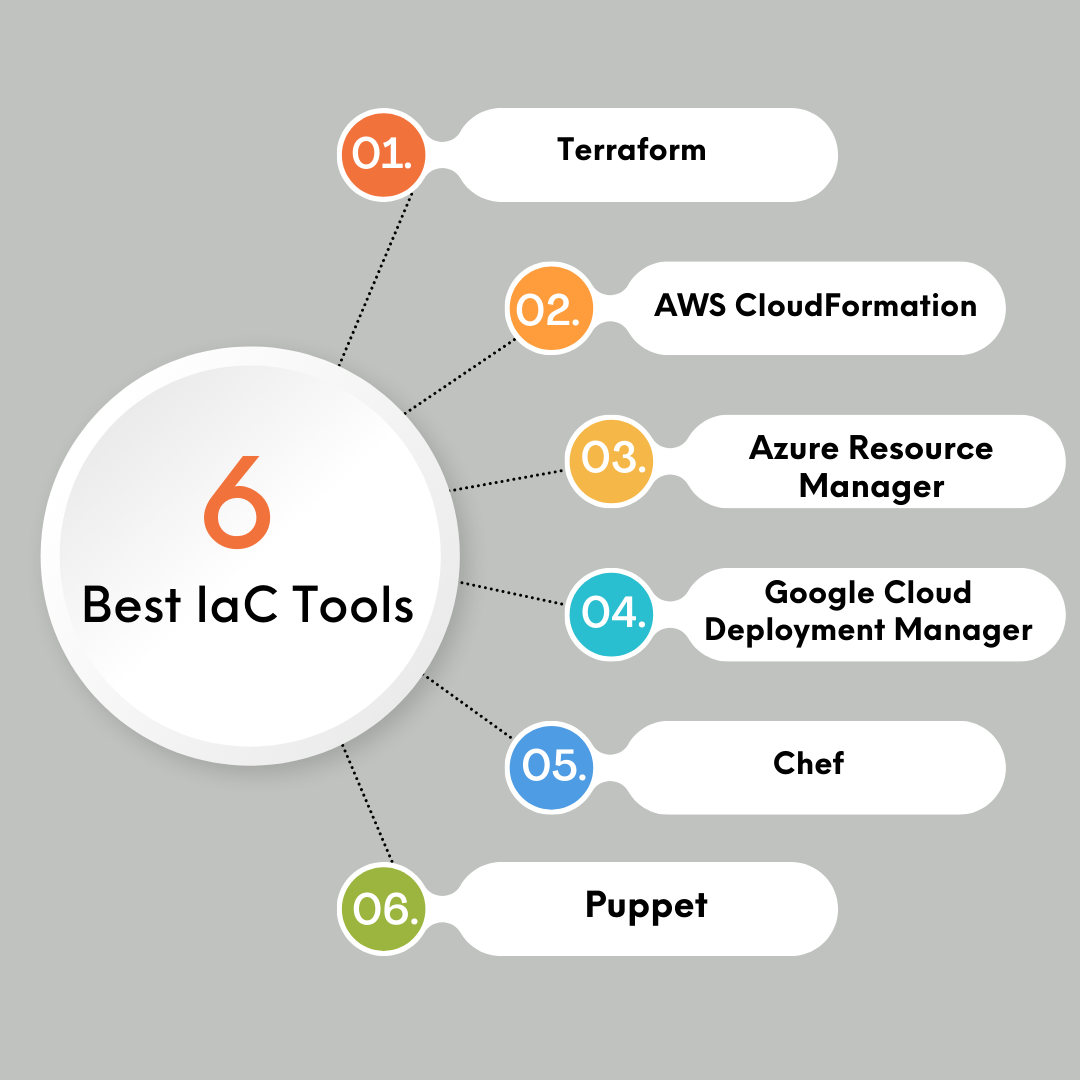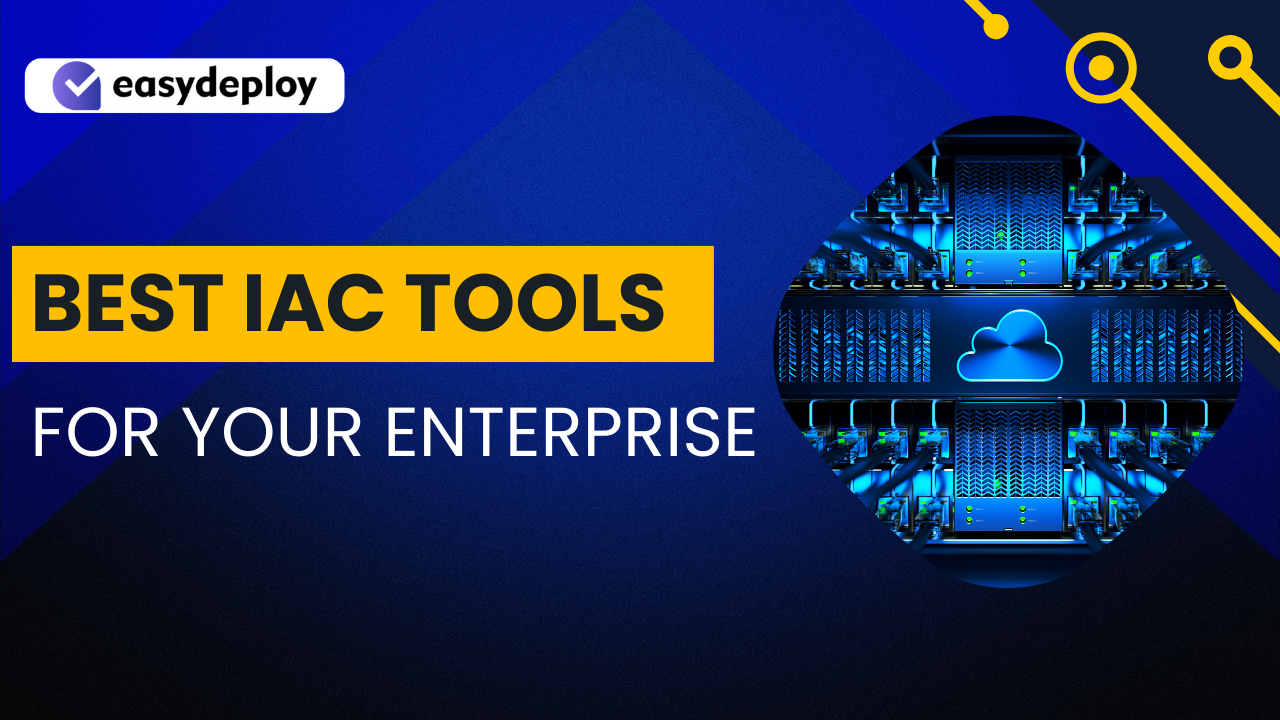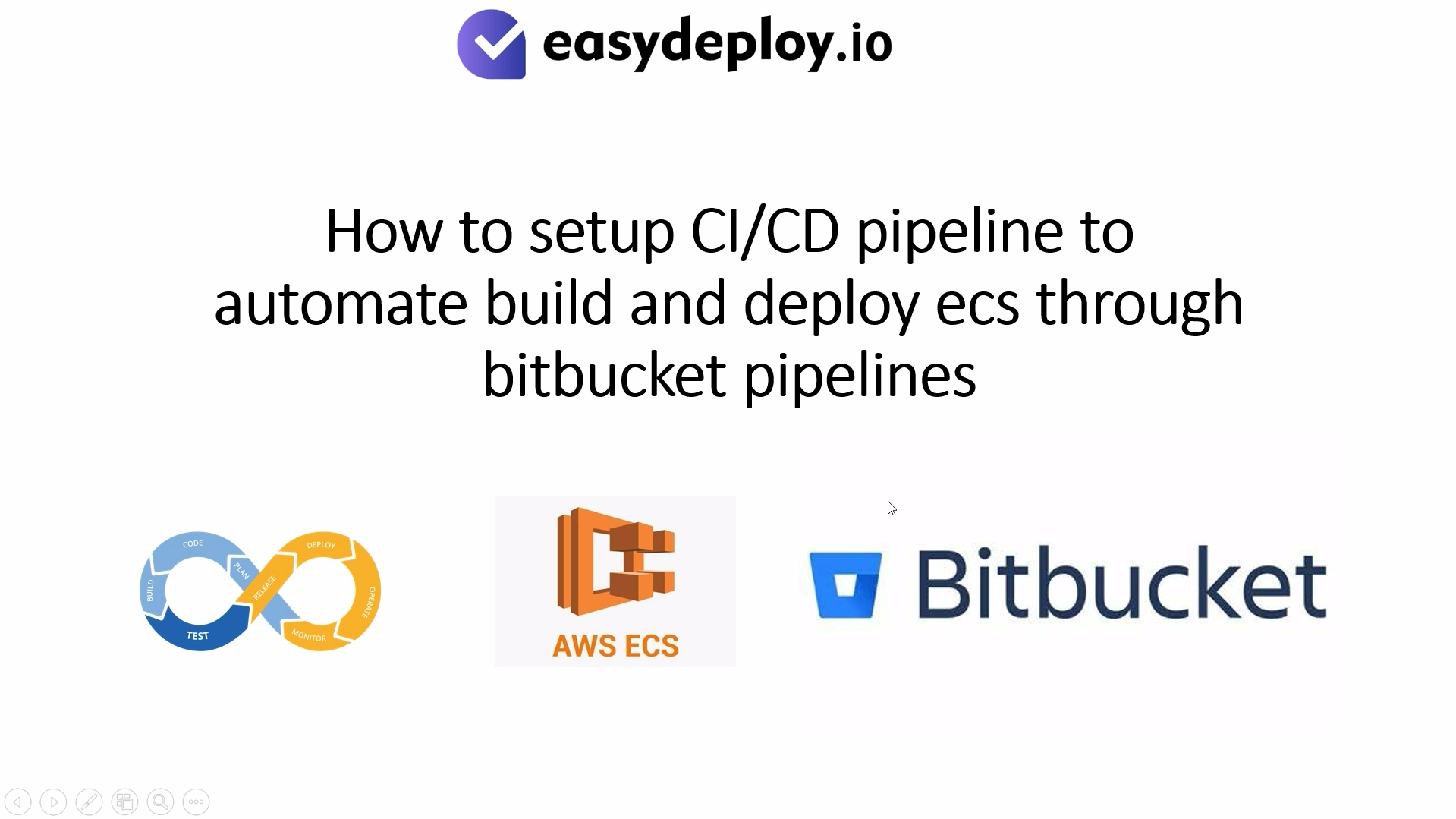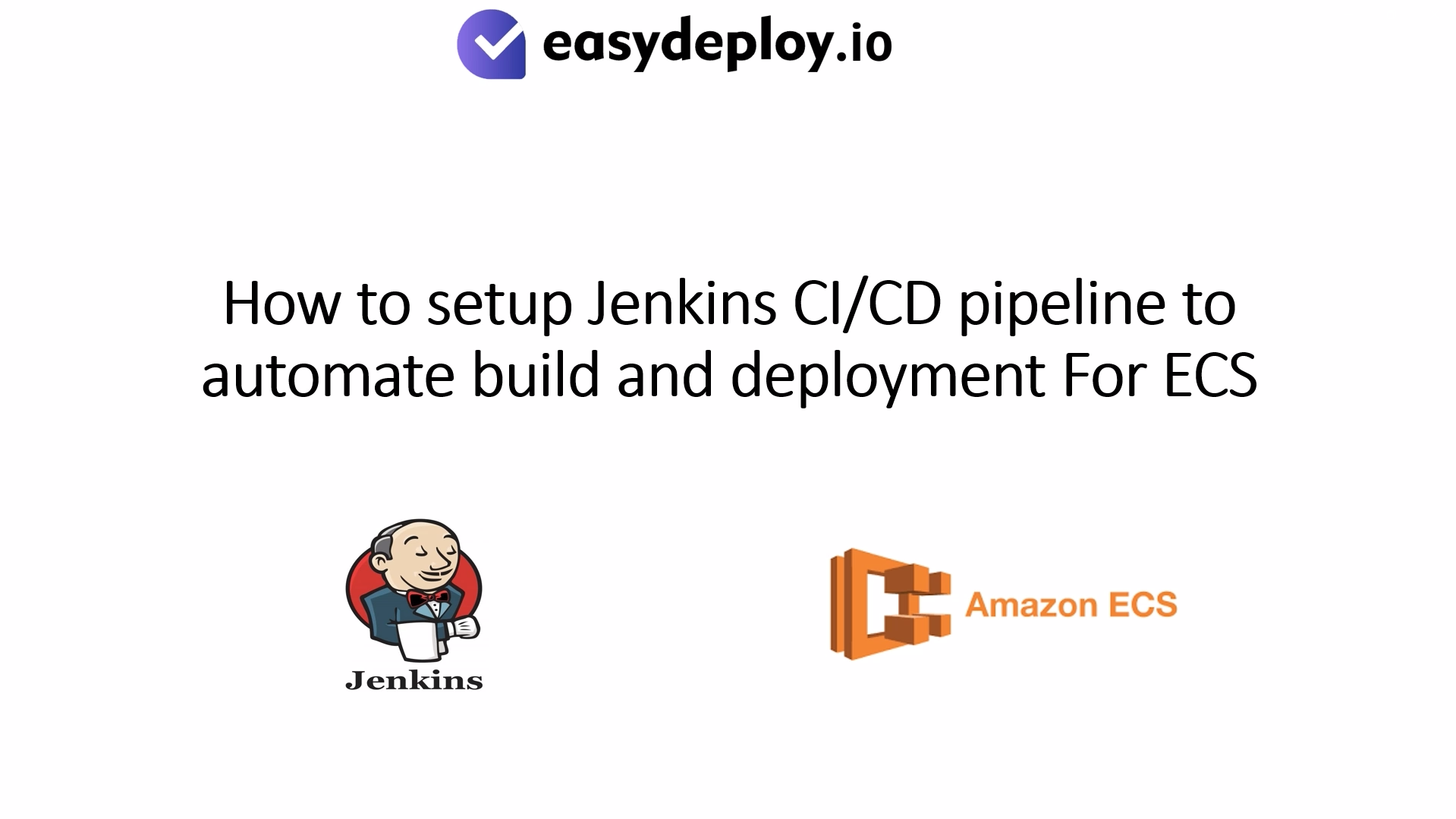Infrastructure as Code (IaC) has indeed transformed the landscape of IT infrastructure development, offering a dependable and resilient approach to designing and building systems from the ground up. This paradigm shift in the way infrastructure is managed and deployed brings about several key advantages for organizations.
Infrastructure as Code helps the DevOps teams to set up infrastructure resources such as load balancers, virtual machines, and networks with the usage of descriptive models and languages.
Setting up massive physical servers consumed more time in the previous days. But now, after the advent of the IaC tool, you must configure the entire servers and you can run during production time within a fraction of the time.
In this blog post, we delve into the top 10 Infrastructure as Code tools that have garnered a strong reputation in the market for their ability to automate intricate and time-consuming tasks.
Let’s dig in!
What is IaC?
Infrastructure as Code (IaC) treats all components of the infrastructure as if they were written in code, utilizing various programming languages or tools. By transforming infrastructure into code, IaC facilitates automation, consistency, and the repetition of processes when deploying and managing resources. This method not only minimizes the potential for human error but also improves overall efficiency and scalability.
What are Infrastructure as Code Tools?
IaC tools refer to software solutions that help to achieve automation of IT infrastructure provisioning and management. It employs code to achieve automation of IT resources setup and configuration thus making it easier to manage large-scale, tedious, and dynamic environments.
Why opt for IaC tools?
Nowadays, there are a lot of Infrastructure as Code Tools available, and employing those tools can help to address infrastructure management tasks such as provisioning, deployment, orchestration, and configuration.
By doing so, you can achieve efficiency and reliability for organizations seeking streamlined infrastructure management.
IT Managers face hurdles while installing the servers to configure and deliver the programs manually. The IT networking teams have to store and handle the configured data manually. This process seems to be time time-consuming and complex process. Furthermore, it necessitates the collaboration of different individuals.
Another challenging concern is scalability, as the system administrators need to struggle to bring up the new servers to cope with the speed and scope of altering business operations. In addition, hiring and controlling a team add up additional costs.
Companies can resolve this concern by the implementation of hybrid and muti-cloud deployment activity. Controlling disparities during infrastructure management proved challenging when different personnel were involved.
Although they could employ scripts to automate certain processes, ensuring the infrastructure remained desired was an ongoing struggle. Administrators can now define predetermined configurations for each IT resource in source code and utilize infrastructure-as-code platforms to automate infrastructure management.
Infrastructure as Code tools and frameworks offer numerous advantages, including:
Speed and Efficiency
Automated processes streamline the provisioning and management of infrastructure, significantly reducing the time required for these tasks.
Consistency and Accuracy
Code-based management minimizes the potential for human error, ensuring a more consistent and accurate environment. This approach enhances reliability by eliminating manual configuration discrepancies.
Scalability and Flexibility
IaC simplifies the management of large-scale infrastructure, making it more efficient and adaptable to changes. The automation provided by IaC allows for quick scaling and modification of infrastructure to meet evolving requirements.
Version Control and Documentation
Infrastructure changes are tracked through version control systems, providing a comprehensive audit trail. This not only enhances accountability but also serves as documentation for the entire history of infrastructure configurations. Version control ensures that any changes made to the infrastructure are recorded, reversible, and traceable, contributing to a well-documented and transparent infrastructure management process.
Best Infrastructure as Code Tools in 2024

- Terraform
HashiCorp Terraform is the most popular open-source Infrastructure as Code tools for automation.
Terraform is a powerful tool for configuring, provisioning, and managing infrastructure as code (IaC). It simplifies the process by offering a unified workflow for planning and creating IaC across various infrastructure providers.
Using a declarative approach, Terraform enables users to define the necessary infrastructure in code.
One notable feature of Terraform is its capability to conduct pre-execution checks, ensuring that configurations align with expected outcomes before initiating updates or provisioning. This pre-validation step adds an extra layer of confidence to the infrastructure deployment process.
A key advantage of Terraform is its ability to provide a consistent Command-Line Interface (CLI) workflow across multiple cloud providers. This means users can seamlessly deploy their desired infrastructure on different cloud platforms using the same configuration, streamlining the management process.
By facilitating the provisioning of diverse environments through a unified configuration, Terraform significantly reduces the likelihood of human errors. It empowers users to handle the entire lifecycle of their desired infrastructure, promoting automation and efficiency in the provisioning and management processes.
In essence, Terraform contributes to a more reliable and streamlined approach to infrastructure management, offering a robust solution for organizations seeking to minimize errors and enhance automation in their operations.
Key features of Terraform
- Immutable Infrastructure: IaC maintains unchangeable infrastructure for consistency.
- Stateful Management: IaC tracks infrastructure state for accurate management.
- Multi-Cloud/Multi-Tool Support: IaC manages infrastructure across various providers.
- Declarative Syntax with HCL: IaC uses HCL for clear and declarative configuration.
- Modularity for Reusability: IaC’s modularity enhances code reuse for scalability.
- AWS CloudFormation
AWS CloudFormation, much like the versatile Terraform, is an IaC tool for managing infrastructure and automating deployments through code. Its key distinction lies in its close integration with AWS, focusing solely on AWS Infrastructure as Code (IaC). This integration, however, is a strength as it provides seamless coordination with the entire AWS platform.
Key Features
- Template Flexibility: CloudFormation supports YAML and JSON templates, offering flexibility in defining and managing AWS resources. This versatility contributes to the ease of scaling and automating AWS infrastructure.
- Change Preview: Before deployment, CloudFormation allows users to preview all changes, providing a visual representation of the impact on resources, services, and dependencies. This helps in assessing and understanding the modifications before they are implemented.
- Integrated Rollback Triggers: CloudFormation includes Rollback Triggers, ensuring the ability to revert infrastructure to a previous state in case of errors or issues during deployment. This feature enhances control and reliability in the deployment process.
- AWS Ecosystem Integration: Due to its close relationship with AWS, CloudFormation facilitates the deployment of infrastructure stacks across multiple regions and accounts using the same template. This level of integration contributes to the tool’s effectiveness in the AWS environment.
- Azure Resource Manager
Another best Azure-based Infrastructure as code tools such as Azure Resource Manager helps to manage the infrastructure in the Azure platform. It employs the Azure Resource Manager template to manage the dependencies and infrastructure.
For instance, Azure provides convenient ways to manage your resources, such as organizing them into groups or deleting them. When it comes to controlling access to services and resources, Azure excels with its native support for Role-Based Access Control (RBAC).
Additionally, access control is finely tuned using management groups, subscriptions, and resource groups. This hierarchical approach ensures that settings enforced at higher levels are inherited by lower levels, maintaining policy consistency across groups and resources.
Azure Resource Manager (ARM) enhances deployment efficiency by offering templates that can deploy resources concurrently, expediting the deployment process.
The system also provides effective organization tools, allowing you to assign tags to resources, arrange groups systematically, and assess costs associated with resources sharing specific tags. This comprehensive set of features makes Azure a user-friendly and powerful platform for resource management and deployment.
- Google Cloud Deployment Manager
Google Cloud Deployment Manager is Google’s infrastructure deployment service, utilizing a declarative language for the automated management, creation, provisioning, and configuration of resources within the Google Cloud Platform. This tool allows users to employ YAML or Python scripts for independent resource management.
Key Features of Google Cloud Deployment Manager
- The convenience of organized resource groups allows for the reuse of code in subsequent deployments, ensuring consistency across various projects.
- An impactful feature is the ability to preview changes before implementation, providing insight into the potential effects of modifications. Additionally, the built-in console allows users to easily check on current deployments.
- What distinguishes Deployment Manager is its deep integration into Google’s ecosystem. It offers UI support within the developer’s console, facilitating a quicker visualization of deployment architectures.
- As a native tool to the Google Cloud Platform, Deployment Manager requires no additional configuration software, and there are no extra charges associated with its use, making it a seamlessly integrated and cost-effective Infrastructure as Code solution within the Google environment.
- Chef
Chef stands out as one of the leading Infrastructure as Code tools in today’s market, despite changing its acquisition by Progress. The recent turbulence and layoffs have led some users to migrate to Ansible. Chef utilizes a Ruby-based Domain Specific Language (DSL) for defining “recipes” and “cookbooks,” where users write code to specify each configuration step to achieve the desired state for applications, services, and utilities.
Key features of Chef
- This cloud-agnostic tool works seamlessly with major cloud providers such as AWS, GCP, and Azure Cloud, and it supports provisioning APIs, making it a compatible choice alongside Terraform.
- Chef’s flexibility, coupled with features like built-in drift elimination and the ability to configure policies as code, renders it scalable and enforceable within existing CI/CD pipelines.
- Despite recent changes, Chef remains a robust Infrastructure as Code tool, offering flexibility and comprehensive features.
- Puppet
Puppet shares similarities with Chef and holds a significant role in many CI/CD pipelines crafted by DevOps engineers. Using a DSL based on Ruby, Puppet allows users to declare the end state of their infrastructure, specifying desired configurations. The tool then bridges the gap, determining the most effective way to achieve the declared configuration state.
Key features of Puppet
- In case of any configuration deviations, Puppet monitors and automatically rectifies incorrect changes.
- As an open-source project, Puppet supports major cloud platforms, including GCP, Azure Cloud, and AWS, enabling automation across multiple providers.
- Puppet’s monitoring and corrective capabilities, along with its support for various cloud platforms, contribute to its effectiveness as an Infrastructure as Code tools in diverse environments.
Summary
Infrastructure as Code (IaC) is emerging as the future for managing cloud resources, driven by its effectiveness and reliability. The outlined IaC tools promise to enhance project efficiency by automating labor-intensive tasks, fostering a secure environment, and ensuring consistency.
In recent years, numerous companies have transitioned to IaC, reducing time spent on the WebUI provided by their cloud platform and mitigating issues related to inconsistent resources. This shift towards IaC signifies a trend towards more streamlined, automated, and standardized approaches to cloud resource management.
Easydeploy’s IaC Consulting is a nearshore DevOps & Software Outsourcing company specializing in providing cutting-edge solutions to startups, SaaS, and enterprises.
Our Nearshore Boost service offers a more cost-effective alternative to in-house hiring, allowing your business to stay competitive by expanding your team and establishing a broader global presence. With increased flexibility, you can respond promptly to your customers’ evolving needs.
Discover more about our services by scheduling a free consultation with us today!








